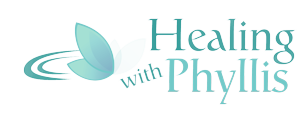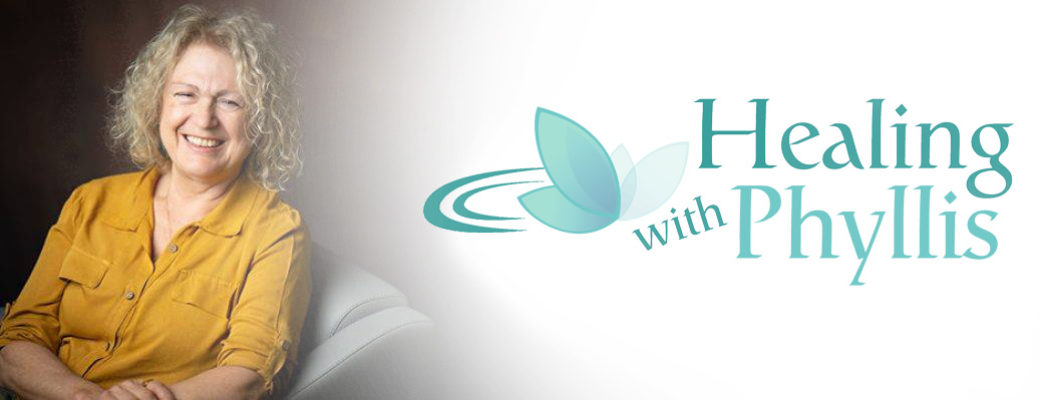Trust you find these simple steps to healing as useful and effective as I have…try it, you will be amazed
Simple Steps to Healing: Ho’oponopono
I Love You, I’m Sorry, Please Forgive Me, Thank You
by Dr. Joe Vitale
Two years ago, I heard about a therapist in Hawaii who cured a complete ward of criminally insane patients – without ever seeing any of them. The psychologist would study an inmate’s chart and then look within himself to see how he created that person’s illness. As he improved himself, the patient improved.
When I first heard this story, I thought it was an urban legend. How could anyone heal anyone else by healing himself? How could even the best self-improvement master cure the criminally insane?
It didn’t make any sense. It wasn’t logical, so I dismissed the story.
However, I heard it again a year later. I heard that the therapist had used a Hawaiian healing process called ho’oponopono. I had never heard of it, yet I couldn’t let it leave my mind. If the story was at all true, I had to know more.
I had always understood “total responsibility” to mean that I am responsible for what I think and do. Beyond that, it’s out of my hands. I think that most people think of total responsibility that way. We’re responsible for what we do, not what anyone else does. The Hawaiian therapist who healed those mentally ill people would teach me an advanced new perspective about total responsibility.
His name is Dr. Ihaleakala Hew Len. We probably spent an hour talking on our first phone call. I asked him to tell me the complete story of his work as a therapist. He explained that he worked at Hawaii State Hospital for four years. That ward where they kept the criminally insane was dangerous. Psychologists quit on a monthly basis. The staff called in sick a lot or simply quit. People would walk through that ward with their backs against the wall, afraid of being attacked by patients. It was not a pleasant place to live, work, or visit.
Dr. Len told me that he never saw patients. He agreed to have an office and to review their files. While he looked at those files, he would work on himself. As he worked on himself, patients began to heal.
“After a few months, patients that had to be shackled were being allowed to walk freely,” he told me. “Others who had to be heavily medicated were getting off their medications. And those who had no chance of ever being released were being freed.”
I was in awe.
“Not only that,” he went on, “but the staff began to enjoy coming to work. Absenteeism and turnover disappeared. We ended up with more staff than we needed because patients were being released, and all the staff was showing up to work.”
This is where I had to ask the million dollar question: “What were you doing within yourself that caused those people to change?”
“I was simply healing the part of me that created them,” he said.
I didn’t understand.
Dr. Len explained that total responsibility for your life means that everything in your life – simply because it is in your life – is your responsibility. In a literal sense the entire world is your creation.
Whew. This is tough to swallow. Being responsible for what I say or do is one thing. Being responsible for what everyone in my life says or does is quite another. Yet, the truth is this: if you take complete responsibility for your life, then everything you see, hear, taste, touch, or in any way experience is your responsibility because it is in your life.
This means that terrorist activity, the president, the economy – anything you experience and don’t like – is up for you to heal. They don’t exist, in a manner of speaking, except as projections from inside you. The problem isn’t with them, it’s with you, and to change them, you have to change you.
I know this is tough to grasp, let alone accept or actually live. Blame is far easier than total responsibility, but as I spoke with Dr. Len, I began to realize that healing for him and in ho’oponopono means loving yourself. If you want to improve your life, you have to heal your life. If you want to cure anyone – even a mentally ill criminal – you do it by healing you.
I asked Dr. Len how he went about healing himself. What was he doing, exactly, when he looked at those patients’ files?
“I just kept saying, ‘I’m sorry’ and ‘I love you’ over and over again,” he explained.
That’s it?
That’s it.
Turns out that loving yourself is the greatest way to improve yourself. And as you improve yourself, you improve your world. Let me give you a quick example of how this works: one day, someone sent me an email that upset me. In the past I would have handled it by working on my emotional hot buttons or by trying to reason with the person who sent the nasty message. This time, I decided to try Dr. Len’s method. I kept silently saying, “I’m sorry” and “I love you.” I didn’t say it to anyone in particular. I was simply evoking the spirit of love to heal within me what was creating the outer circumstance.
Within an hour I got an e-mail from the same person. He apologized for his previous message. Keep in mind that I didn’t take any outward action to get that apology. I didn’t even write him back. Yet, by saying “I love you,” I somehow healed within me what was creating him.
In short, Dr. Len says there is no out there. It would take a whole book to explain this advanced technique with the depth it deserves. Suffice it to say that whenever you want to improve anything in your life, there’s only one place to look: inside you.
And when you look, do it with love.
Note: This article on ho’oponopono is edited from the book Zero Limits by Dr. Joe Vitale and Dr. Len. You can listen to Joe talk about his experience with Dr. Len and ho’oponopono along with his involvement with the inspiring movie, The Secret, on News for the Soul by clicking here. He starts talking about Dr. Len and ho’oponopono at minute 15 in this engaging one-hour interview.
Dr. Len’s message may be hard to believe, yet it’s amazingly simple. He states that we all share responsibility for everything we see in our world. By taking personal responsibility for our part and then healing the wounded places within ourselves, we can literally heal ourselves and our world.
As related by Joe Vitale in the radio interview, Dr. Len suggests a four-stage process for this ho’oponopono work. Whenever a place for healing presents itself in your life, open to the place where the hurt resides within you. After identifying this place, with as much feeling as you can, say the below four statements:
- I love you.
- I’m sorry.
- Please forgive me.
- Thank you.
For a brief history on the develpment of this modern version of ho’oponopono, read about this and the ancient practice in Hawaii that was the basis for this method on this Wikipedia page.
For several inspiring articles on the ho’oponopono process, see the ho’oponopono website. Even if you are skeptical, consider giving this simple healing method a try to see what happens. Many have found it to be incredibly profound in their lives. And for a powerful online lesson which brings this all home, click here. Thanks for taking the time to read this story and may your life open to ever more healing and miracles. I love you. I’m sorry. Please forgive me. Thank you.
Acknowledgement: https://www.wanttoknow.info/070701imsorryiloveyoujoevitale
. Protein & fat – meat, fish, dairy
. Starches – rice., grains, pasta, potatoes
. Fruits, sweets, desserts


